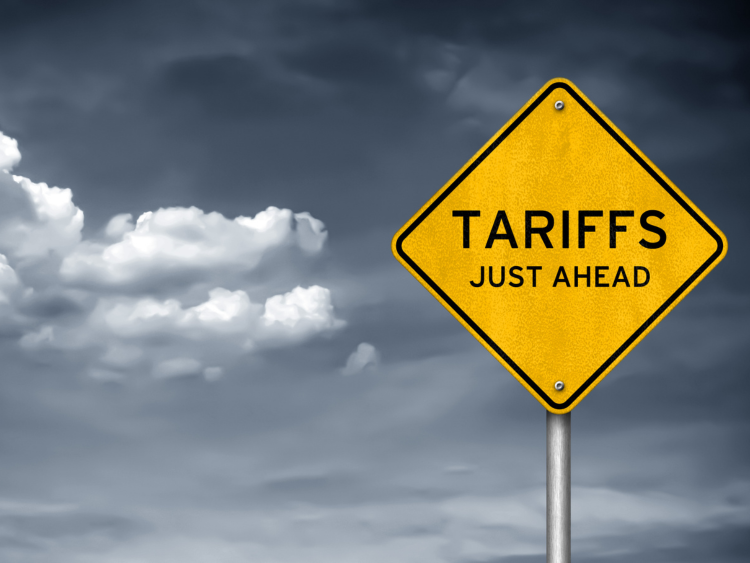Trade Cases

Ross Tells Congress Section 232 Report Within a Week
Written by John Packard
July 14, 2017
U.S. Department of Commerce (DOC) Secretary Wilbur Ross told the Senate Finance Committee today that the long-awaited Section 232 report on steel would be given to President Trump within a week. Ross told the Senators that the report would contain a “menu of options” on how to contain steel imports.
In an article published by World Trade Online earlier this evening, Senator Ron Wyden (D-OR) told reporters he sensed “they’re not yet there” on the report. He went on to say that the DOC should seek an “enduring solution,” and that in his view Section 232 is not the way to go.
Wyden told reporters that Ross “feels confident that his approach is going to make all sides happy in the steel industry,” but he added, “He has a big mountain to climb.”

The Post continued: “Members of the Senate Finance Committee who emerged from a briefing with Secretary Ross Thursday afternoon said it is no longer a question of whether Trump acts to protect American steel, but how severely.”
There are many within the administration who are against the use of the Section 232 in order to curb imports of steel. There are many who feel there will be a negative reaction against U.S. products such as agriculture should steel be blocked from coming into the United States.
On Wednesday evening, President Trump, on Air Force One, told reporters of his intention to deal with the import crisis and that he had two options, “quotas” and “tariffs,” or maybe a combination of the two.
Once Ross provides his recommendations to President Trump, the president has 90 days to make his final determination. Will he wait until after the G20 steel committee meets in August?
Steel buyers have been waiting for the decision to come down and finally determine what the new rules of engagement will be for the domestic and foreign steel industries. They may not have too much longer to wait…

John Packard
Read more from John PackardLatest in Trade Cases

Industry piles on new Section 232 steel derivative inclusion requests
The Department of Commerce received 97 submissions from producers, manufacturers, and groups seeking Section 232 tariff coverage for steel and aluminum derivative products.

Price on Trade: New EU steel tariffs don’t mean the US should weaken its stance
Any steel imports into the EU that exceed the new, lower quota level would be subject to a 50% tariff, which represents a major increase from the EU’s current 25% out-of-quota tariff. This move would largely align the EU’s steel tariff rate with Canada and the United States.

Global steel forum sets 2026 framework deadline as US ups pressure on excess capacity
Global steelmakers sounded the alarm Friday over the deepening excess steelmaking capacity crisis. Ministers at the Global Forum on Steel Excess Capacity (GFSEC) in Gqeberha, South Africa, pledged to...

CRU: China’s indirect steel exports find new destination markets
The boom in China’s direct steel exports has not stopped this year, even with a rise in protectionist measures globally. The increase is driven by...

U.S. Steel sues Algoma over iron pellet shipments
U.S. Steel is suing Algoma over the Canadian flat-rolled producer's rejection of iron pellet shipments, arguing it has breached its contract.
